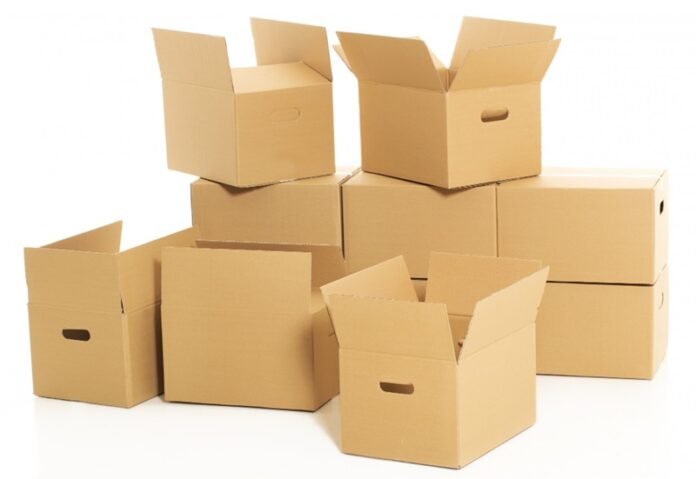In the fast-paced world of e-commerce and logistics, efficient storage and organisation of shipping boxes is crucial for optimising workflow and ensuring timely deliveries. Properly stored boxes not only save space but also enhance productivity by making it easier to locate the right materials when needed. Here’s a comprehensive guide on how to store and organise shipping boxes for maximum efficiency.
1. Assess Your Space
Before diving into organisation, assess your available space. Whether you’re working in a warehouse, a home office, or a retail environment, understanding the layout and dimensions of your area is essential. Identify any underutilised spaces, such as corners or vertical areas, where you can maximise storage.
2. Choose the Right Storage Solution
Selecting the appropriate storage solution is critical to maintaining an organised space. Consider using shelving units, pallet racks, or stackable bins to keep your shipping boxes accessible and tidy. Open shelving allows for easy visibility of box sizes and types, while stackable bins can help make use of vertical space.
Ensure that your storage solution is sturdy enough to hold the weight of your boxes, especially if you plan to stack them. If you’re using shelving, opt for adjustable shelves that can accommodate boxes of varying sizes.
3. Categorise Your Shipping Boxes
Organising your shipping boxes into categories can save time and frustration. Start by sorting boxes based on size, type, or purpose. For example, you might have categories for small, medium, and large boxes, as well as specialised boxes for fragile items or perishables.
Label each category clearly to make it easy for employees to locate the right boxes quickly. Colour-coded labels can further enhance visibility and organisation, helping staff find the boxes they need at a glance.
4. Implement a First-In, First-Out (FIFO) System
To avoid waste and ensure that older boxes are used first, implement a First-In, First-Out (FIFO) system. This approach is especially important if you have boxes that may degrade over time or if your packaging needs change frequently. By organising your boxes with the oldest stock at the front, you’ll encourage staff to use them before newer boxes, helping to reduce waste and keep your storage area clutter-free.
5. Maintain an Inventory List
Keeping an inventory list of your shipping boxes can greatly improve efficiency. This list should include the sizes, types, and quantities of boxes on hand. Regularly updating the inventory allows you to know when to reorder supplies, preventing last-minute scrambles for boxes during busy periods.
An electronic inventory system can streamline this process, allowing for easy tracking and management of your shipping boxes. This can be particularly helpful for businesses that frequently adjust their packaging needs based on sales trends or promotions.
6. Train Your Team
Ensure that all team members understand the importance of maintaining an organised shipping box area. Conduct training sessions to familiarise staff with the storage system and encourage them to adhere to the organisation protocols you’ve established.
Consider creating a simple guide that outlines your storage and organisation processes, including any specific procedures for restocking or disposing of damaged boxes. Consistent adherence to these guidelines will help maintain order and efficiency in your shipping area.
7. Regularly Review and Reorganise
As your business grows and evolves, so too will your shipping box needs. Regularly review your storage and organisation system to identify areas for improvement. Are there new box sizes or types that need to be added? Is the current storage solution still working effectively?
Don’t hesitate to reorganise as necessary. An adaptable storage system that can evolve with your business will continue to promote maximum efficiency and help streamline your shipping operations.
Conclusion
Efficiently storing and organising shipping boxes is essential for maintaining a productive workspace in any logistics or e-commerce environment. By assessing your space, choosing the right storage solutions, categorising your boxes, implementing a FIFO system, and maintaining an inventory list, you can significantly enhance your workflow. Training your team and regularly reviewing your organisation methods will further ensure that your shipping box area remains efficient and clutter-free. By prioritising organisation, your business can thrive in an increasingly competitive market, ensuring timely deliveries and satisfied customers.













